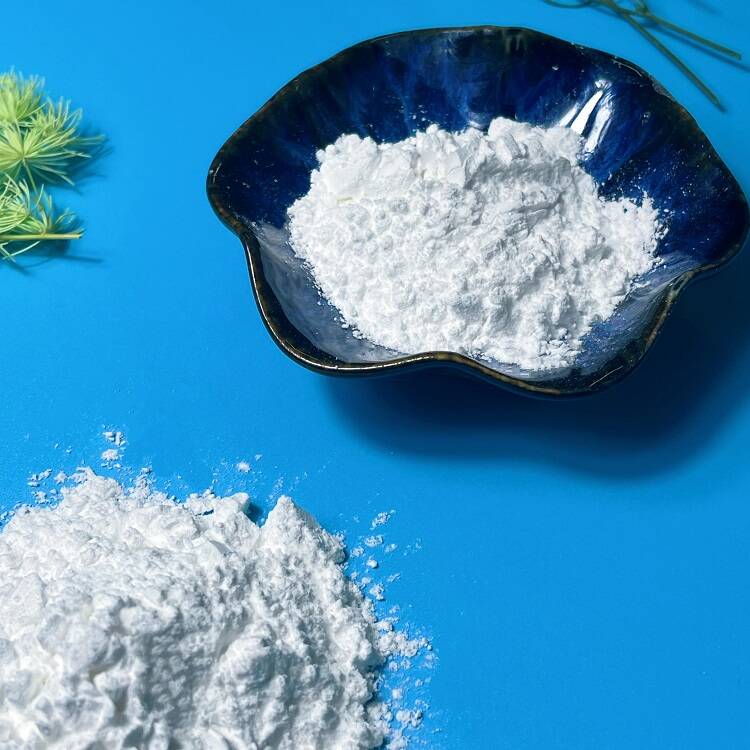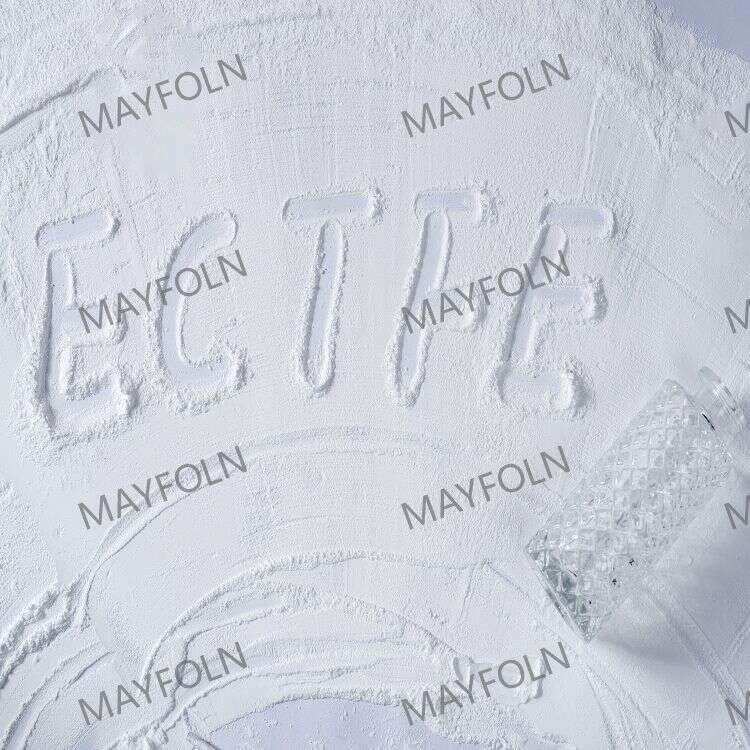The mechanism by which starch and pigment additives work in coatings
-
Last Update: 2021-02-15
-
Source: Internet
-
Author: User
Search more information of high quality chemicals, good prices and reliable suppliers, visit
www.echemi.com
paint plays an important role in the development of national economy. However, worldwide, volatile organic compounds from coatings to the environment reached 10 million t, seriously polluting the atmosphere. With the continuous updating of people's environmental protection concept and the continuous promotion of the national sustainable development strategy, it is hoped that researchers can develop environmentally friendly green coatings, which conform to the characteristics of non-polluting, safe and zero emissions, in order to replace the traditional highly polluted solvent-based coatings. By starch preparation paint can solve the problem of environmental pollution, starch has strong degradation capacity, low pollution level, in line with the masses and environmental requirements. Therefore, all countries in the world attach importance to the development, utilization and research of starch resources. At present, the main research on the preparation of colored coatings, that is, by starch preparation coatings to add pigment additives, so that starch and pigment additives interact, through the study of reaction factors, change the structure of starch, making the paint easier to color, paint color is no longer a single.1 additive In order to study the thermal stability and water resistance of starch-based coatings in depth, it is necessary to consider the interaction between the matching additive and starch. According to the color, additives are divided into yellow (PY), orange (PO), red (PR), blue (PB), black (PBk), white (PW), metal additives (PM) and other categories. According to the structure, additives can be divided into inorganic and organic 2 categories. Inorganic additives include oxides, sulphides, niobates, chromates, palladium, metals, etc. Organic additives are acetic nitrogen pigments, molybon pigments, poly-ring pigments and other pigments. This paper mainly discusses the oxides in inorganic additives, namely TiO2, ZnO, Fe2O3 and Cr2O3, and the mechanism of starch.structure of 2 starchis a complex polymeric substance, a high polymer of glucose. Starch has straight-chain starch and branch-chain starch class 2. Straight-chain starch contains hundreds of glucose units, and branch-chain starch contains thousands of glucose units. There is a first-stage alcohol hydroxyl in the starch monosome, hydroxyoxyatomics with isolated pairs of electrons, which can be given electrons, as Lewis base, and luis acids that receive electrons react with each other. There are six rings in the starch monosome, with oxygen atoms in the rings, which have the induced effect of absorbing electrons. The hemp ring connected with the first-level alcohol makes the bit resistance large, and the first-level alcohol is relatively stablelevel.3 reactions to methanol, cyclohexyl methanol and pigment additivesMethanol CH3OH is the simplest structure of saturated ionol, methanol in the oxygen atom has a lone pair of electrons. As Lewis alkali, the induction effect of methyl is very weak, from the orbit analysis, due to the special structure of transitional oxides, located in the d region have d orbit, as Louis acid receiving electrons, methanol and transition oxide reaction is Luis acid-alkali reaction, theoretically can interact. According to Hunt rules, TiO2, ZnO, Fe2O3 and Cr2O3 of metal ions of the electron platoon, d electrons are fully empty, semi-full and full of electron structure is stable, then for chromium ion 3d3 is the most active full-fill state is the most stable, because the electronic orbit is occupied, each orbit of the two electrons are saturated spin state, electrons will not be easily lost. The semi-full state is not so stable, because the semi-full state has a track that is idle and has only one electron in it. When external conditions change, one electron in the orbit is easily lost, or the external electrons come in to occupy the other orbit that is idle. Also because of the shielding effect of d-layer electrons, the outer outerth electrons are more lively. Full air is actually the same concept as full, because 1 energy level does not have electrons, then a lower energy level is certainly full, of course, stable. That is, d orbital stability 3d10>3d5>3d0>3d3, then methanol and additive oxide reaction activity Cr2O3>TiO2>Fe2O3>ZnO.because Cr2O3 and Fe2O3 are similar structures, they are 2 metal ions, surrounded by 3 oxygen ions. Cr2O3, Fe2O3 and methanol in the same way, are methanol alcohol hydroxyl oxygen atoms of the solitary electrons and chromium ions in the empty d orbit to form a mating bond and hydrogen bond, so that the product is more stable. In terms of bit resistance, Cr2O3 and Fe2O3 have the same spatial bit resistance and the same activity as methanol. For ZnO, zinc ion 3d10 is full, high stability, not easy to accept lone electrons, the least active, but with methanol reaction time resistance is minimal, can also be very weak combination. TiO2's Ti4-plus d-orbit is completely empty, although relatively stable, but the available d-orbit, can also react, and bit resistance is relatively small, good activity. Since red paint is the most common and Fe2O3 is structurally complex, reactions to Fe2O3 are mainly discussed (see Figure 1).
methanol is a straight chain of burrol, starch monobolic is a ring-shaped burol, ring structure has a certain effect on birol, should consider the effect of the ring. The stereostructure of cyclothyl methanol is very similar to that of starch monoliths, which can better explain the effect of the ring on it (the reaction structure is shown in Figure 2).4 Reactions between starch and pigment additives Transition oxides react with starch monosomes, from the electron effect, starch monosomes because the fifth atom is oxygen atom, oxygen atom's electron negative is greater than carbon atom, for absorbing electron induction effect (no more than 3 atoms), it through the chain transmission, so that the electron cloud density of carbon 7 atoms reduced It is not easy to give electrons, from the orbital effect, the transition oxide accepts the isolated pair of electrons of the oxygen atoms of burol, forms a mating bond, makes the starch in the coating interact with the pigment aid, and the reaction activity of starch monomorphism and transition oxide is also Cr2O3>TiO2>Fe2O3>ZnO.by studying the reactions of methanol, cyclothyl methanol and oxides, the reactions of starch monosomes and oxides were expanded. In terms of bit resistance, the reaction activity of starch and pigment additives mainly depends on the structure of pigment additives, for oxide Cr2O3, TiO2, Fe2O3, ZnO, Cr2O3 and Fe2O3 structure similar, large spatial structure, similar reaction activity;5 Conclusion The interaction between starch monoplates and pigment additives, from the electron effect, because the ring contains oxygen atoms, oxygen atoms are suction electron groups, through the connected carbon atoms to transmit the electron absorption effect, so that the density of electron clouds of hydroxyl oxygen atoms is reduced; Analysis of the factors affecting the activity of the reaction, including induction effect and bit resistance effect, in the future preparation of colored coatings, so that the reaction can occur under milder conditions, we choose a small bit resistance and strong group for electrons, because the bit resistance of starch is not easy to change, we can only change the induction effect, hydrogen on the seventh carbon atom to replace the group for electrons, so that the nine oxygen atoms on the electron cloud moreconcentration. This makes it easier to prepare colored coatings.
This article is an English version of an article which is originally in the Chinese language on echemi.com and is provided for information purposes only.
This website makes no representation or warranty of any kind, either expressed or implied, as to the accuracy, completeness ownership or reliability of
the article or any translations thereof. If you have any concerns or complaints relating to the article, please send an email, providing a detailed
description of the concern or complaint, to
service@echemi.com. A staff member will contact you within 5 working days. Once verified, infringing content
will be removed immediately.






